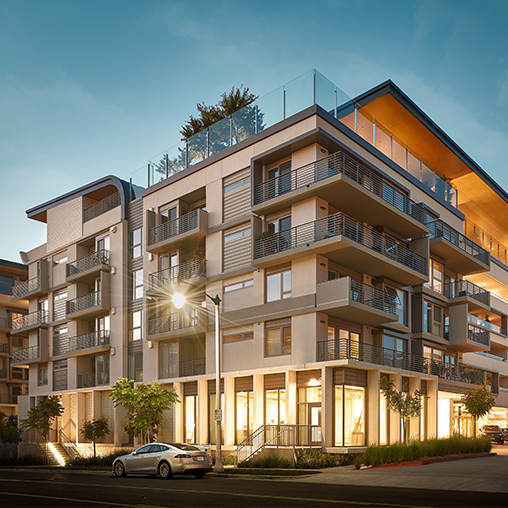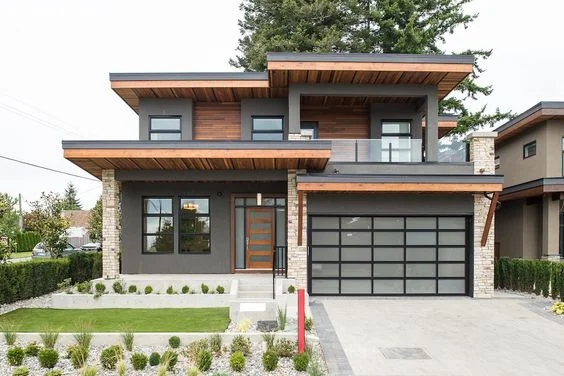
“Affordable Housing Solutions: Bridging Gaps in the Real Estate Market”
**Introduction:**
In the face of ever-growing urbanization and rising real estate prices, the pursuit of affordable housing has become a pressing concern globally. The need for accessible and reasonably priced homes has led to a paradigm shift in the real estate market. This article explores the challenges surrounding affordable housing and innovative solutions aimed at bridging the gaps in the housing sector.
**1. **Rising Demand and Scarce Supply:**
The increasing demand for housing, particularly in urban areas, has led to a scarcity of affordable options. High land costs, construction expenses, and regulatory hurdles contribute to the challenge of providing reasonably priced housing for individuals and families with modest incomes.
**2.** **Government Initiatives and Policy Reforms:**
Governments around the world are recognizing the urgency of the affordable housing crisis and are implementing initiatives to address it. Policy reforms, such as tax incentives for developers focused on affordable projects, streamlined approval processes, and subsidies for low-income individuals, play a crucial role in making housing more accessible.
**3.** **Innovative Construction Technologies:**
The adoption of innovative construction technologies has the potential to reduce building costs and accelerate the construction process. Prefabrication, 3D printing, and other advanced techniques not only enhance efficiency but also contribute to the creation of cost-effective housing solutions.
**4.** **Public-Private Partnerships:**
Collaborations between the public and private sectors have proven to be instrumental in overcoming the challenges of affordable housing. Partnerships between developers, non-profit organizations, and government agencies can lead to the creation of mixed-income communities, providing a range of housing options for diverse socioeconomic groups.
**5.** **Community Land Trusts:**
Community land trusts are emerging as a viable model for affordable housing. In this approach, land is owned collectively by a community trust, separating it from the market forces that drive up prices. This allows for the development of affordable housing while preserving long-term affordability for residents.
**6.** **Micro Housing and Co-Living Spaces:**
In response to the changing demographics and lifestyle preferences, micro housing and co-living spaces have gained popularity. These compact living arrangements not only reduce the overall cost of construction but also provide affordable options for individuals seeking communal living experiences.
**7.** **Financial Inclusion and Affordable Financing:**
Access to affordable financing is a critical factor in making homeownership a reality for many individuals. Financial institutions and governments are exploring innovative financing models, such as microfinance and shared equity programs, to make homeownership more attainable for low and middle-income households.
**Conclusion:**
Addressing the challenges of affordable housing requires a multifaceted approach that combines government intervention, private sector innovation, and community involvement. By embracing innovative technologies, fostering public-private collaborations, and rethinking traditional models of homeownership, we can bridge the gaps in the real estate market and make affordable housing a reality for a broader segment of the population. The pursuit of affordable housing solutions is not only a matter of economic importance but also a fundamental step towards creating inclusive and sustainable communities.



